First Considerations if Easy Hiking
1. How fit do you have to be to go easy hiking?
One reason why many people do not pick up hiking is very simple. They are afraid they are not up to it.
Let’s be honest: if you have been officially categorized as morbidly obese and are short of breath after walking from the sofa to the kitchen, hiking may not be for you. At least not in your present shape. Lose some weight, do a little bit of exercise and call again.
But if you are “averagely mobile” and can stay on your feet for several hours at a time, you have nothing to fear – even if you are a few pounds overweight. Hiking is not reserved for Olympic athletes. All trails have been designed to be mastered by people just like you. And once you do set out on one of the trails, you will be surprised by the wide range of people you are going to meet: including the old and the very young, the fat and the nervous. If they can do it, so can you.
2. Best time to go easy hiking?
The easy hiking season – in the Northern hemisphere – starts around mid April and ends in late October. (Think of baseball or cricket: as long as the boys of summer swing their bats, you are safe.) Few people think that hiking in winter is great fun. It is not impossible to hike through the snow and sub zero temperatures, mind you, but it is certainly no longer easy.
Also, bear in mind that many easy hiking trails pass through hilly territory. They may not much resemble the Himalayas, admittedly, but can still be – at 800 to 1500 m (2500 to 5000 feet) – high enough to give you a distinct chill early in the spring and late in the autumn.
3. How long should the easy hike be?
Resist the temptation of mapping out a hike of a full week or more, at least for your first couple of trips or so. Yes, I know, other people are doing it, but people are also climbing Mount Everest and swimming through the Straits of Gibraltar. That does not mean that you can do it, too.
Take it easy. Make the first day of your trip your travel day unless you are living less than three hours – door to trail – away from the area where you intend to hike.
Plan to hike for no more than two-and-a-half days, and make sure that the final destination of your mini trail provides some of the comforts of a civilized environment which you have had to forego while in the “wilderness” – they will taste sweeter than you can ever imagine. (Picturesque rural market towns are generally best for this.) Let the experiences of the past few days sink in and stay for at least a few hours – or overnight – before returning home.
4. Go easy hiking alone?
Some people do, and swear by it, but I have never tried and would not want to either, given the choice. While this is not the place for a discussion of the pros and cons of hiking on your own, I want to give you one piece of advice:
If you decide to bring along another person, make sure this is someone in whose presence you feel comfortable. A hike, particularly a first-time hike, is not the place to impress a newly acquired boyfriend or girlfriend. It could only spell disaster.
Spouses, obviously, fit the bill pretty well, as do teenage children. Actually, a three-day hike is the perfect parent-kid holiday. Bonding will never seem as easy again.
5. Where to go easy hiking?
If you are new to this game, leave the more demanding routes for later and consider starting with a hybrid hike: three days of hiking combined with a trip to the seaside or a city you have always wanted to visit, i.e. a form of holiday you are comfortable with and have enjoyed in the past. (Browse this site for suggested destinations.)
Err on the side of caution when choosing your hiking trail. I personally try to avoid journeys of more than 20 km (12 m) a day. I know I can do it, but it certainly takes the easy out of easy hiking. Do not base your expectation on your walking speed in an urban environment. You may be able to do 5 km (3 m) an hour in town, but in a hiking environment (where everything depends on the terrain – and your level of exhaustion), this is an utterly meaningless figure.
Check out the town or village where you intend to spend the night. Look the place up on the Internet and make sure it has an inn or a hotel. Is there – in the worst-case scenario – a way of escaping through some sort of public transport: even at night?
6. Have Plan B ready
What if you realize half-way into your first stage that your 20-km-itinerary was too ambitious, after all? Search out – before you leave – possible cut-off points: places from where, at the very least, you can get a bus or phone a taxi that will take you back to civilization. (A country pub, for example.)
If you want to have all the bases covered, you can even get the phone number of a local taxi service and store it in your cell phone. All you need then is a public road near the trail – and a point to which you can direct the driver.
As a general rule, you should be confident but well-prepared (particularly if you plan to hike alone.) Thousands of people hike every year, and so far, they have all returned home in one piece. And remember: only if you are prepared for all eventualities will you be able to set out with the type of confidence that will not quickly evaporate in the heat of a crisis.
Taking these first considerations if easy hiking into account will ensure you’ll have a great time.
Interested in easy hiking and where to take them? Follow us on Facebook or register to get our free updates via email on the easy hiking trails we’ve done and written about.

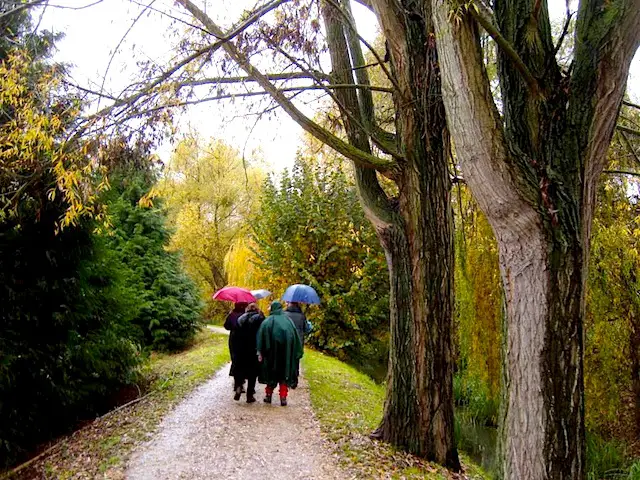
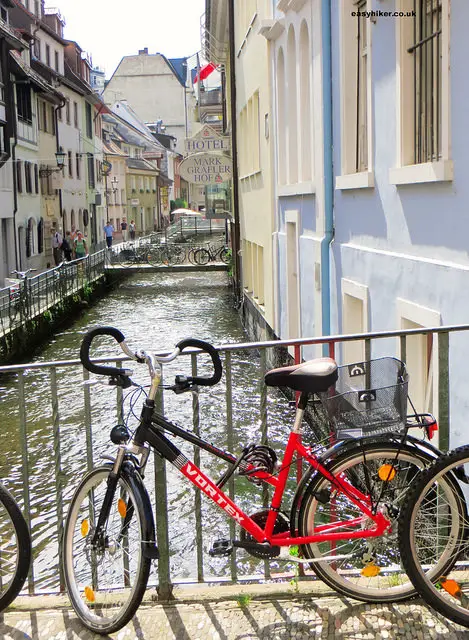
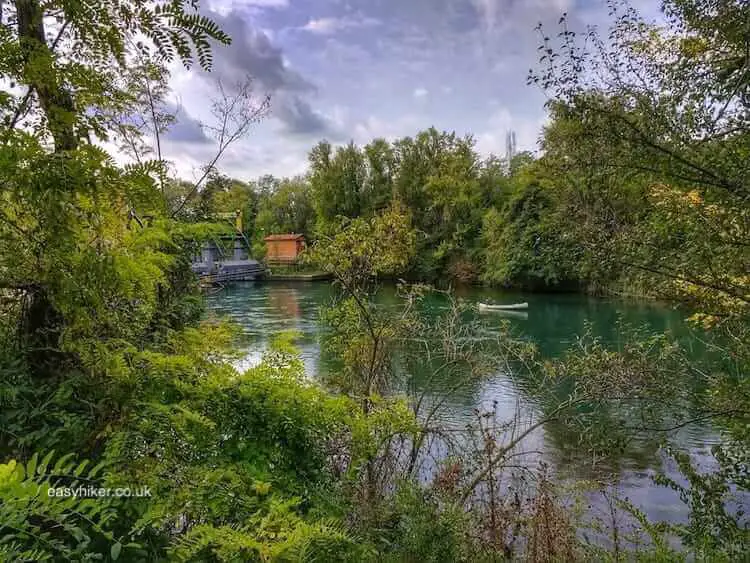
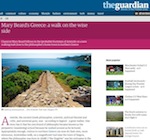
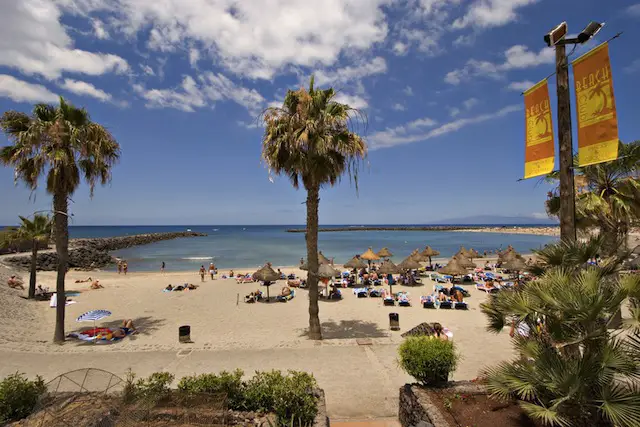

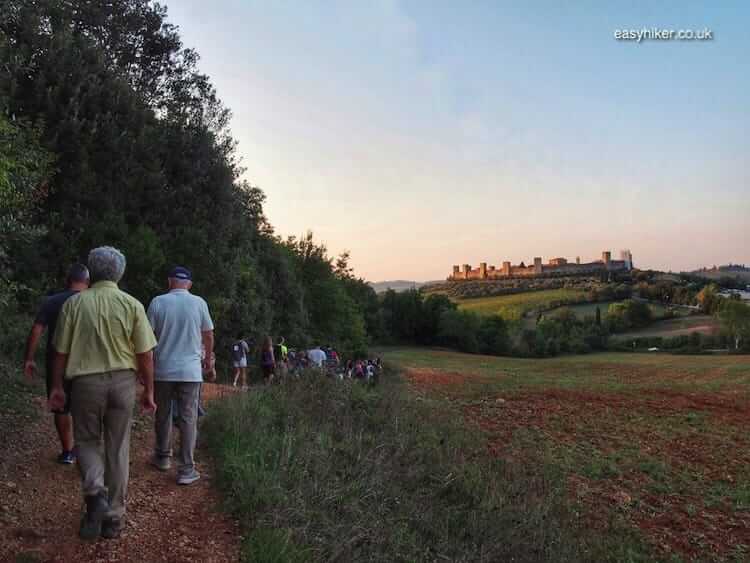
Good basic advice, Jeremy.
Good suggestions! I only go on day hikes so I don’t plan hikes over a few days. Easy hiking is really up to the individual but the best advice I would give is to be honest with your abilities and aim for an easier hike than you think. If it’s your first time hiking, do something easier than you think you can do.
I’m off to do a mixture of serious and easy hiking in southern Utah this week. I think you’ve made some excellent points. Getting going is the hardest thing – and the more you hike the easier it gets. I also think it’s a good idea to hike with someone who has a similar pace; otherwise it can be very frustrating for all parties involved.
Yes, Kevin and Ruth, we observe the same thing in Germany too. You are totally right that anybody can hike. That is if they want to or even try it. Thanks for dropping by.
Steve, if you can walk around for a day in one of those humongous shopping malls you have in your country, you can just about
do a 2 1/2 day hike. Unless your size is so humongous you can’t even get out through your front door, then yes, we got a problem.
Thanks for the mention (I assume I’m the guy who got out of breath going from the couch to the kitchen). Seriously though, I just about choked when you said start with a 2 1/2 day hike. I was thinking 2 1/2 hours. You guys hike on a totally different plane than I’d ever consider, but I guess that’s why I enjoy reading your stuff.
We do a LOT of hiking and we did quite a few trails in Czech Republic and Slovakia this past summer. One thing we noticed in those countries is that people of all shapes and sizes and ages go hiking. It is a MUCH more popular activity than you would find people doing in North America and it proves that anybody of average mobility can do it. Sure, some will be faster or slower than others, but if you can move your feet, you can go hiking!